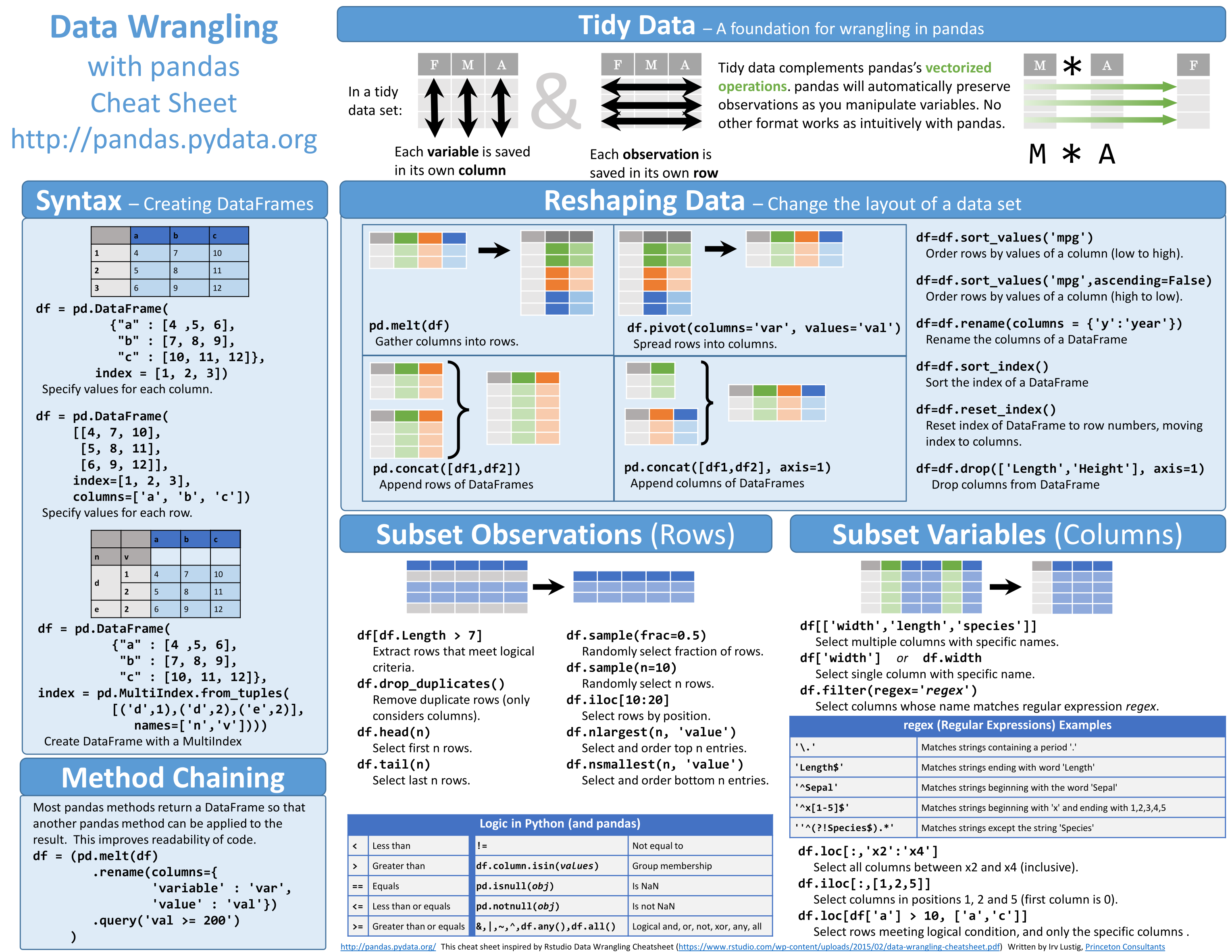Openpyxl is a library in Python with which one can perform the different mathematic operations in an excel sheet. In this tutorial, we are going to learn the implementation of mathematical functions available in openpyxl library. Mathematical operations like sum, product, average, quotient, count, etc. are simple, straight forward, and easy to implement in Python using openpyxl library.
- Note: This function uses the activesheetindex property, set to 0 by default. Unless you modify its value, you will always get the first worksheet by using this method. You can also create new worksheets by using the openpyxl.workbook.Workbook.createsheet method ws1=wb.createsheet('Mysheet') # insert at the end (default) #.
- Openpyxl.worksheet.worksheet module¶. Worksheet is the 2nd-level container in Excel. Class openpyxl.worksheet.worksheet.Worksheet (parent, title=None) source ¶. Bases: openpyxl.workbook.child.WorkbookChild Represents a worksheet. Do not create worksheets yourself, use openpyxl.workbook.Workbook.createsheet instead. BREAKCOLUMN = 2¶ BREAKNONE = 0¶.
- Python Openpyxl Introduction. Python provides the Openpyxl module, which is used.
Arithmetic Operations in excel file with Python.
We can perform different operations like reading, writing, plotting graphs, etc. too with openpyxl.
Let’s see how we can implement these methods.
Sheets are given a name automatically when they are created. They are numbered in sequence (Sheet, Sheet1, Sheet2, ). You can change this name at any time with the Worksheet.title property.
The first step is – importing openpyxl library
The second step is to call a workbook() function and create a workbook object.
Next, get the worksheet using an active attribute.
After creating the empty worksheet, fill the empty cells with some random values to perform mathematical operation later.

Firstly, we will see SUM() method – ‘=SUM(cell1:cell2)’
Here, the formula is set to the cell ‘A7’ that sums the values of ‘A1’, ‘A2’, ‘A3’, ‘A4’ and ‘A5’ and print the results in ‘A7’
To save the file

Second is the Product() method – ‘=PRODUCT(cell1:cell2)’ returns the product of the numbers in the cells.
It sets the formula to the cell ‘A7’ and returns the multiplication of the numbers in all the cells. At the end of the code save the file.
Third is Average() method – ‘=AVERAGE(cell1:cell2)’ returns the average value of the given cells.
Openpyxl Cheat Sheet Free
Works similar to the above, it calculates the arithmetic mean of all the numbers in a given cell range.
Fourth is quotient() method – ‘=QUOTIENT(num1, num2)’
It returns the quotient from the division operation where num1 is the dividend and num2 is the divisor.

Openpyxl Cheat Sheet Template
Fifth is the MOD() method – ‘=MOD(num1, num2)’
Openpyxl Create Worksheet
It returns the remainder of the division operation where num1 is dividend and num2 is the divisor.
and the last one is count() method – ‘=COUNT(cell1:cell2)’
It counts the number of cells that contain the value.
Openpyxl Sheet By Name
Leave a Reply




